In a consultation paper, Basel Committee on Banking Supervision said that “while the cryptoasset market remains small relative to the size of the global financial system, and banks’ exposures to cryptoassets are currently limited, its absolute size is meaningful and there continues to be rapid developments, with increased attention from a broad range of stakeholders.” And, “cryptoassets have given rise to a range of concerns including consumer protection, money laundering and terrorist financing, and their carbon footprint.
It proposed that a “group 1” cryptoassets, like stablecoins, would be assigned a smaller risk weighting in line with stocks. On the other hand, a “group 2” crypto assets like bitcoin would be assigned a risk weight of 1250%. That is, banks will have to hold capital at least equal in value to their group 2 exposures. “The capital will be sufficient to absorb a full write-off of the cryptoasset exposures without exposing depositors and other senior creditors of the banks to a loss,” it added.
Full “Prudential treatment of cryptoasset exposures” here.
Bitcoin is having a notable rebound in the past two days. The development now argues that the near term decline from 64828 might have completed with a failure fifth wave at 31073 already. Immediate focus is now on 39481 resistance. Break there will affirm our view. Bitcoin should then target 38.2% retracement of 64828 to 31073 at 43967 at least. There is also enough prospect for further rise to 61.8% retracement at 51933 indeed.
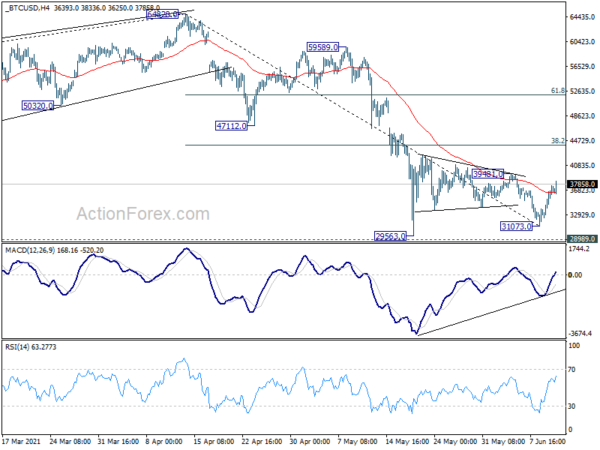
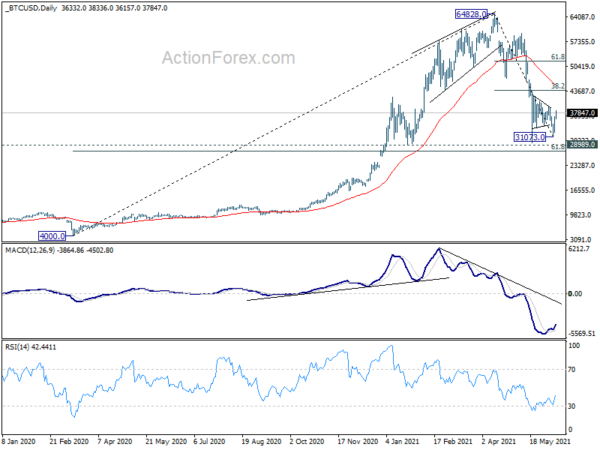




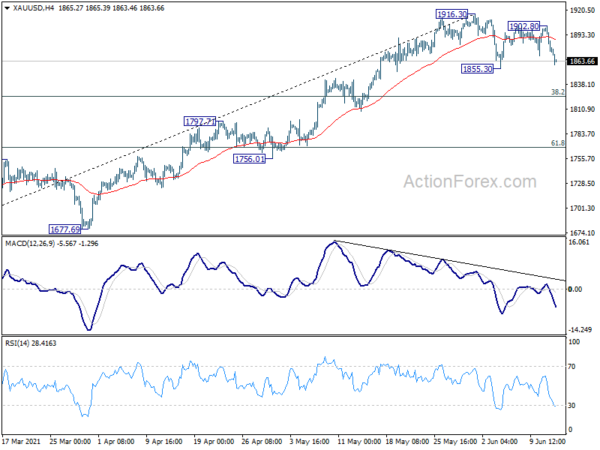
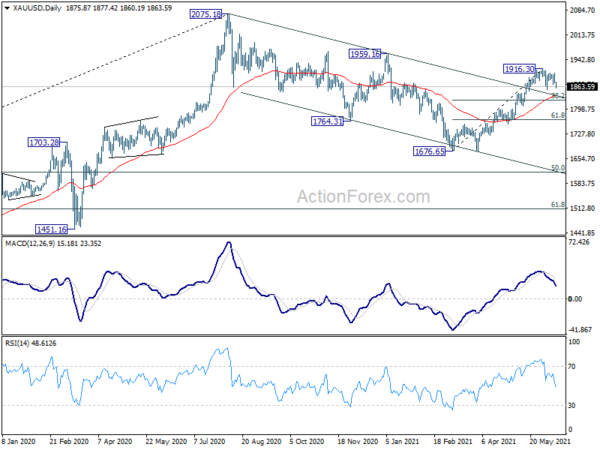
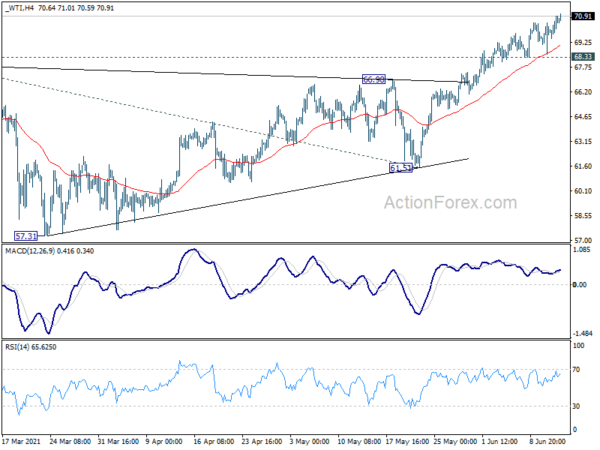
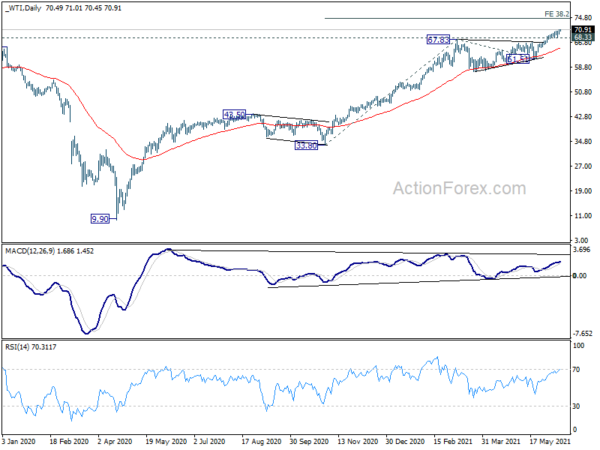
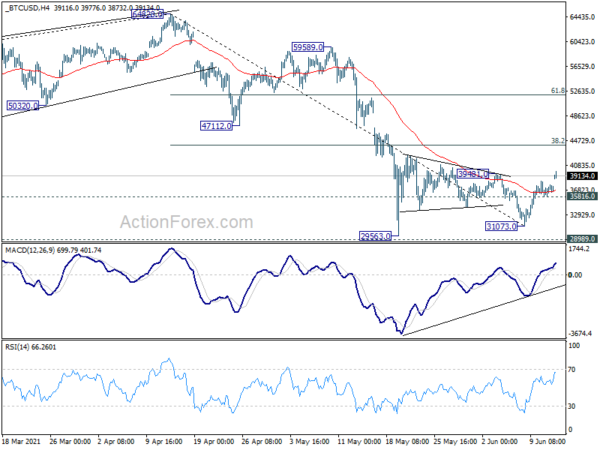
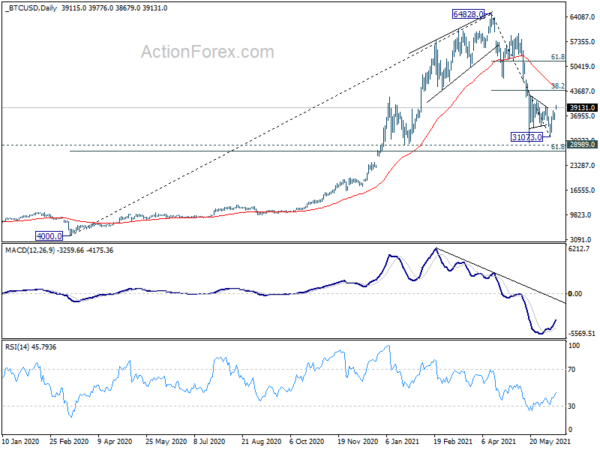
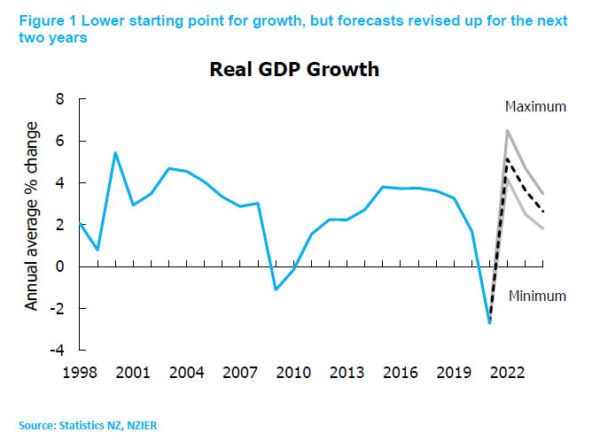
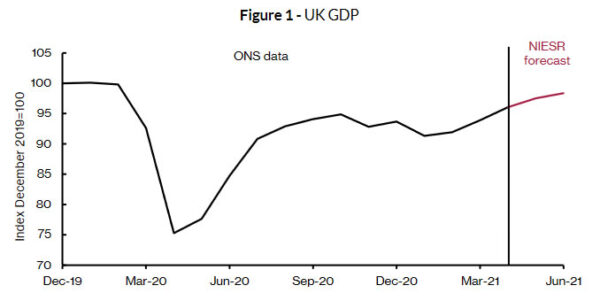
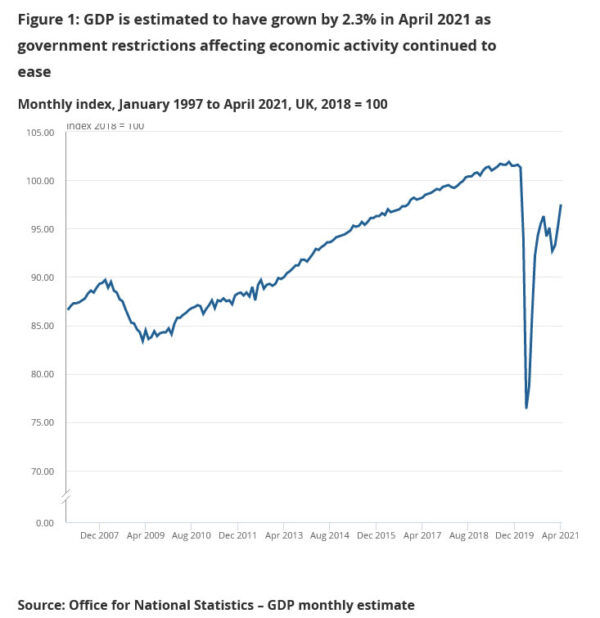
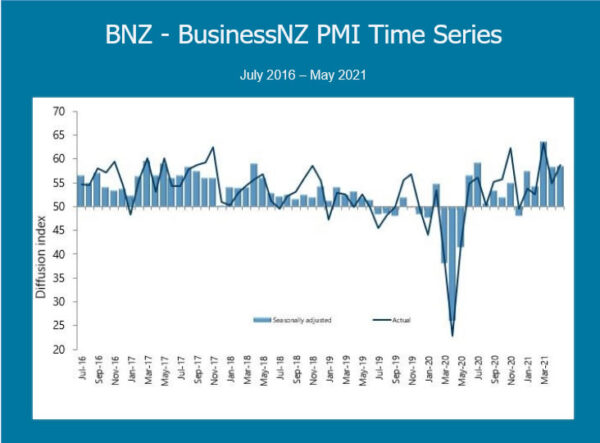
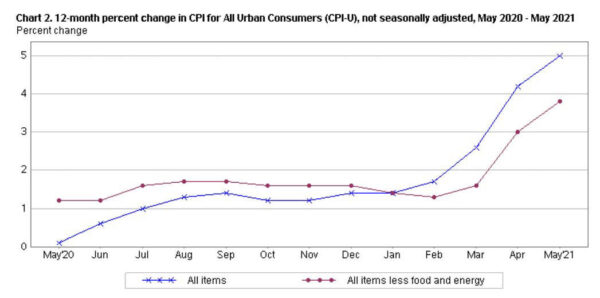
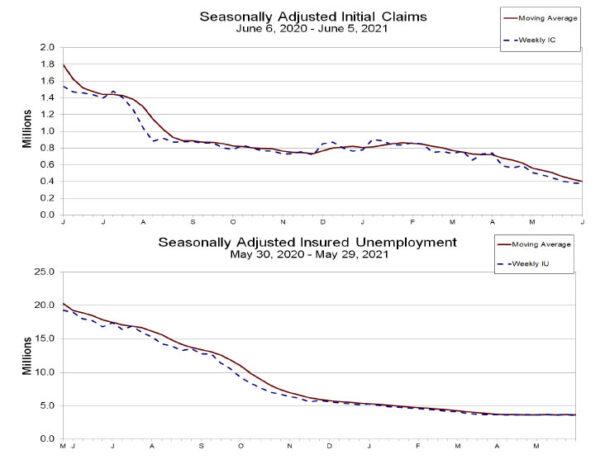



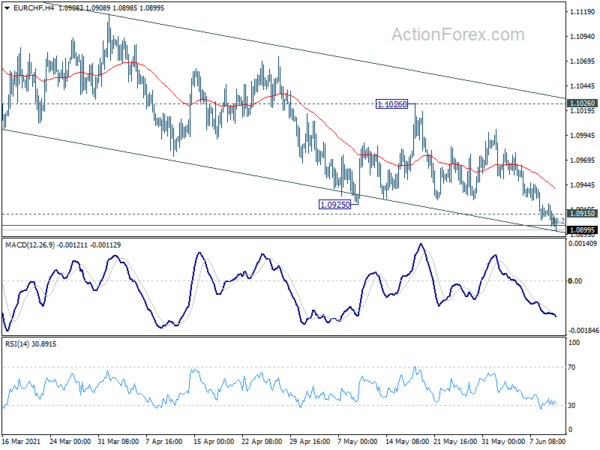
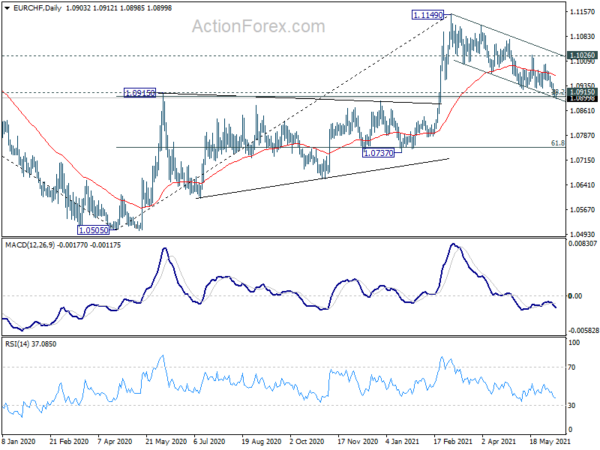
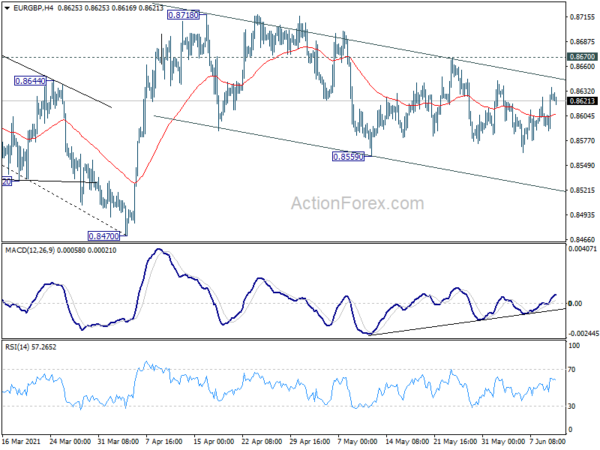
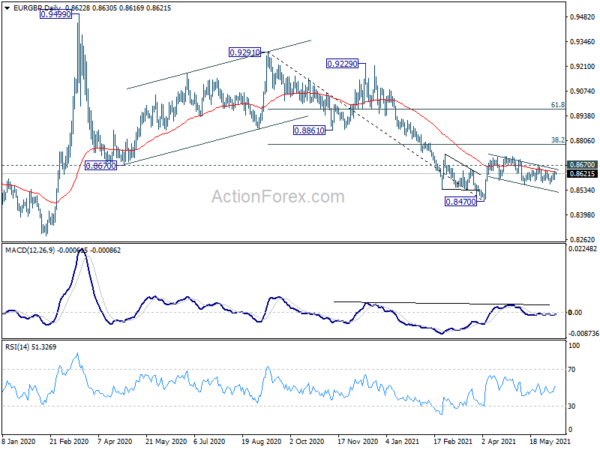

ECB Lagarde: We’re heading firmly towards a return to pre-COVID-19 level
ECB President Christine Lagarde said in a Politco interview, “you don’t remove the crutches from a patient unless and until the muscles have started rebuilding sufficiently so that the patient can walk on his or her own two legs. ”
“The same applies to the economy,” She added. “We are at a turning point where, bearing in mind alternative variants, we are on that recovery path, heading firmly towards a return to the pre-COVID-19 level.
She also reiterated that ECB has indicated the PEPP program will continue “until at least March 2022 and, in any case, until the Governing Council judges that the pandemic crisis phase is over.” Eurozone seems to be “heading in the right decision”. But it’s “far too early to debate” ending the PEPP program.
Full interview here.